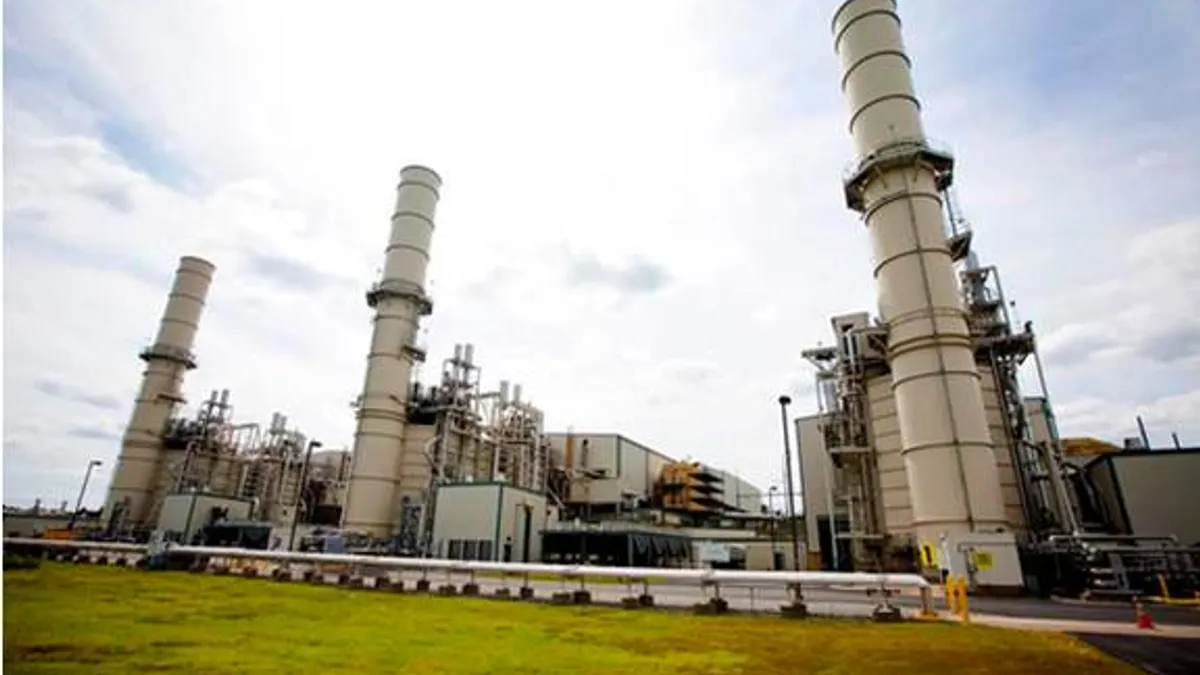Dive Brief:
- An analysis of Austin Energy's resource needs and environmental goals determined a natural gas facility makes the most sense, allowing the publicly-owned utility to keep costs down while also meeting a 55% renewable goal in the next decade, the Austin-American Statesman reports.
- Navigant Consulting completed the analysis, which was presented this week to the city's Electric Utility Commission. While wind and solar resources were considered, the study found the need for additional transmission and baseload generation to support variable resources likely offset any benefits.
- The recommendation comes on the heels of Austin Energy signing PPAs for some of the cheapest solar energy ever sold — reportedly under $0.04/kWh. Last month, city lawmakers approved the municipal utility to purchase 450 MW of solar by 2019, though some stakeholders called for delay, predicting the price of solar to fall further.
Dive Insight:
Austin, Texas, has a reputation as a progressive bastion and its utility has lofty renewables and environmental goals. So the results of a Navigant study this week have some shaking their head, and the Austin Statesman has taken an in-depth look at how the firm came to recommend natural gas over renewable energy options.
Simply, the city wants to build a gas plant and commissioned the study to consider how it stacked up financially. In its base case scenario, Navigant concluded that natural gas was the cheapest option and that all resource mixes being considered would help the city meet its emissions goals.The city plans to get more than half of its power from renewable sources by 2025, but examined seven scenarios including more solar and wind, in how it would get there.
All proposals met the utility's goal of reducing carbon dioxide emissions by 20%, and in some scenarios, Navigant found the gas plant had fewer emissions when it came to sulfur dioxide and nitrogen oxide. Power would still need to be imported when the sun didn't shine or the wind was calm, and could add to transmission congestion that would cost upwards of $150 million.
A debate over the report appears likely, and the Sierra Club has weighed in already.
“Even though we view the Navigant study as incomplete … it is important to acknowledge that based on our initial review, there is no slam dunk for a new 500-megawatt gas plant,” Sierra Club’s Dave Cortez told the Statesman. “We’re urging the EUC and City Council to explore more study of fast-acting generation as an alternative to a 500-megawatt combined cycle.”















